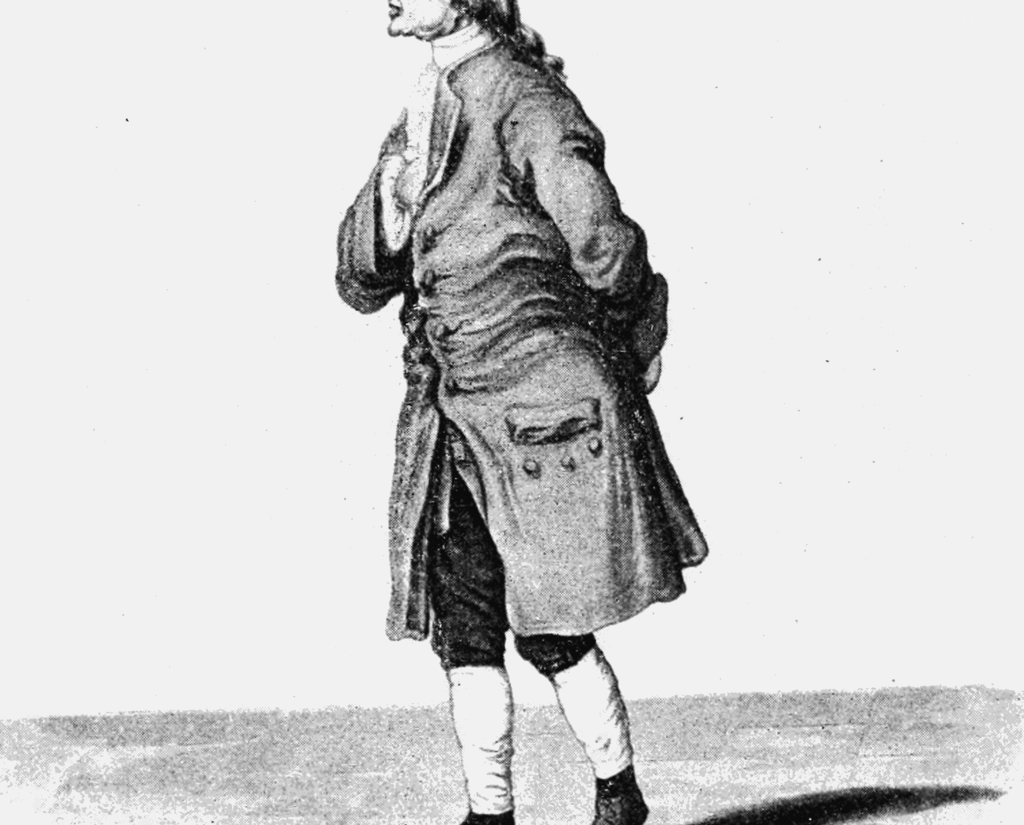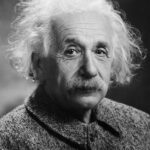Scientists Throughout History Who Took Their Bizarre Secrets To The Grave
- Jennifer Still
- June 14, 2025
 Popular Science Monthly Volume 59, Public domain, via Wikimedia Commons
Popular Science Monthly Volume 59, Public domain, via Wikimedia CommonsScience moves forward because people share what they learn, but not everyone does. Some discoveries, theories, or strange obsessions have been buried with the people who developed them, either because they didn’t want to reveal their methods, feared ridicule, or simply didn’t write things down. In some cases, what they knew might have changed history. In others, we’re still not quite sure what they were up to.
Here are some of the most fascinating scientists who took their secrets with them when they died.
Johann Bessler and the perpetual motion machine
In the early 18th century, German inventor Johann Bessler claimed to have created a working perpetual motion machine—something that, according to the laws of physics, shouldn’t be possible. His invention was tested publicly and appeared to work, spinning without any visible energy source.
Bessler refused to reveal how it worked unless someone paid him a large sum. No one did, and when he died in 1745, he took the mechanism with him. Some believe his device was a clever mechanical trick, but because no one was allowed to inspect it fully, the truth died with him. Physicists continue to cite Bessler’s story as a lesson in the limitations of experimental secrecy.
Antoine Lavoisier and his unfinished experiments
Known as the father of modern chemistry, Antoine Lavoisier helped define the elements, explained combustion, and laid the groundwork for the metric system. But when he was executed during the French Revolution in 1794, he left behind dozens of unfinished experiments and notes that were either lost or destroyed.
Some believe he was on the cusp of discoveries about atomic theory or chemical bonding well ahead of his time. His death shocked the scientific community—fellow scientists pleaded for clemency, arguing that “the Republic needs savants.” A detailed account of his work shows how deeply involved he was in refining scientific method itself.
Henry Cavendish and the hidden manuscripts
Henry Cavendish, the reclusive 18th-century English scientist, was known for being painfully shy and working entirely alone. He discovered hydrogen, measured the Earth’s density, and made observations on electricity that predated James Clerk Maxwell by nearly a century.
Much of what he knew was only found after his death in 1810. Dozens of notebooks contained experimental results that had never been published. It’s now believed that Cavendish had already grasped concepts of electrostatics and atomic theory before these became mainstream. Needless to say, his contributions were vastly underestimated due to his extreme secrecy.
Nikola Tesla’s lost blueprints
Nikola Tesla was famously secretive and occasionally erratic. Toward the end of his life, he claimed to have developed technologies ranging from wireless power transmission to a so-called “death ray.” When he died in 1943, U.S. authorities seized many of his papers under the Alien Property Custodian act.
Although some of them were eventually returned to his family, others disappeared. There’s still speculation about what was in the missing notes, whether genuine inventions, conceptual drafts, or the product of declining mental health. A number of conspiracy theories still surround Tesla’s missing files, particularly those linked to advanced energy weapons.
Girolamo Segato and the stone bodies
Italian anatomist Girolamo Segato developed a method in the early 19th century for turning human tissue into stone-like material while retaining colour and detail. His petrified specimens still exist and are unlike anything else in medical museums.
But Segato destroyed all his notes before his death in 1836. No one has ever successfully replicated his process, and the ingredients or steps he used remain unknown. His preserved remains can be found in Florence’s Museum of the History of Science, sparking ongoing debate about how he achieved such lifelike anatomical fossils.
Agnes Arber’s hidden botanical insights
British botanist Agnes Arber made huge strides in plant morphology and the philosophy of biology. Though she was recognised during her lifetime, she also kept a number of observations and experimental approaches to herself.
After her death in 1960, researchers found personal notebooks and manuscripts containing theories about plant evolution and developmental biology that had never been published. Some of her later work veered into more philosophical territory, anticipating ideas in ecological systems thinking. Her story is a reminder of how women in science often had to work quietly, even when their ideas were transformative.
Mary Anning’s fossil methods
Mary Anning was a pioneering palaeontologist working along the Jurassic Coast in the early 19th century. She discovered several major dinosaur species and contributed significantly to early palaeontology, but because she was a working-class woman, her methods weren’t formally documented.
Some believe she developed unique techniques for excavation and preservation that were never passed on. Much of what she found was later claimed or written up by male scientists who rarely credited her. Her contributions to science are now better recognised, but we’ll likely never know the full extent of her knowledge.
Thomas Young and wave theory
Physicist Thomas Young proved that light behaves as a wave, paving the way for quantum physics. But Young was also a polymath who worked on everything from language decoding to medical theory. He hinted in letters at other experiments that he never published.
When he died in 1829, several documents vanished or were kept within private archives. It’s unclear how far he had advanced in ideas that later became central to physics. His famous double-slit experiment still forms the basis of discussions in modern physics classes, but what else he may have uncovered is left to speculation.
Heribert-Nilsson and evolutionary timelines
Swedish botanist Heribert-Nilsson was known for challenging conventional views on evolution and plant hybridisation. In the early 20th century, he claimed to have discovered mechanisms that sped up or slowed down evolutionary processes dramatically, potentially rewriting Darwinian theory.
However, he published little of his supporting data and was met with scepticism. When he died, his laboratory records were never released, and some believe he withheld key parts of his theory. While some dismissed him as fringe, others have pointed to his unorthodox thinking as an example of how scientific dissent can sometimes be silenced too early.
Science relies on transparency and reproducibility. But history is full of scientists who, for one reason or another, didn’t—or couldn’t—share everything they knew. Whether through secrecy, bad luck, or a sense of self-protection, their ideas went with them. What we’re left with are tantalising clues, occasional artefacts, and the quiet sense that we’ll never know just how close they came to changing everything.



